
Antesky has been Ka-band antenna manufacturer for years and we offer and integrate Ka-Band Satellite Solutions & Systems for customer. Antesky 3.7m Ka-band antenna is popular and a typical product in our factory.
The Ka band is a microwave part of the electromagnetic spectrum defined as frequencies with the range of 26.5–40 (GHz). The band is called Ka, short for K-above because it is the upper part of the original NATO K band, which was split into three bands because of the presence of the atmospheric water vapor resonance peak at 22.24 GHz, (1.35 cm) which made the center unusable for long range transmission. The 30/20 GHz band is used in communications satellite uplinks in either the 27.5 GHz and 31 GHz bands, and high-resolution, close-range targeting radars aboard military airplanes. Some frequencies in this radio band are used for vehicle speed detection by law enforcement.The Kepler Mission used this frequency range to downlink the scientific data collected by the space telescope.
In satellite communications, the Ka band allows higher bandwidth communication. The Ka band is more susceptible to rain attenuation than is the Ku band, which in turn is more susceptible than the C band.
The frequency is commonly used by cosmic microwave background experiments. The 5th generation mobile networks will also partially overlap with Ka band (28, 38, and 60 GHz).
The Ka band uplink uses frequencies between 27.5GHz and 31Ghz and the downlink uses frequencies between 18.3 and 18.8Ghz and between 19.7 and 20.2Ghz. The Ka band is branch of the K band from the electromagnetic spectrum. Ka band dishes can be much smaller than C band dishes. Ka band dishes vary from 2′ to 5′ in diameter.
Ka band satellites typically transmit with much more power than C band satellites. The higher frequencies of Ka band are significantly more vulnerable to signal quality problems caused by rainfall, known as rainfade. Ka-band has several advantages, with perhaps the most significant being the 2-3 GHz increase in bandwidth, which is double available in Ku band and five times more than C band. Due to the smaller wavelength this also means that Ka-band components are typically smaller, leading to smaller antennas on the same-sized platform. The footprints for Ka-band spot beams can also be made smaller, facilitating frequency and re-use.
With the increasing scarcity of traditional C and Ku frequency orbital and frequency resources, it is inevitable that satellite communication will develop into the Ka-band. At present, technologies such as cellular and frequency reuse in terrestrial mobile communications have been successfully applied to the Ka-band high-throughput communication satellite system (HTS).
Reasons for applying Ka-band satellite communications
Why are countries all over the world competing to develop and apply satellite communications in the Ka-band? There are two main reasons. First, the satellite orbits in the C and Ku bands are very tight. The limited geosynchronous satellite orbits over the Earth’s equator are almost occupied by countries; the frequency resources in these two bands are also heavily used, forcing people to find and develop more. High frequency bands to meet new communication needs. Second, the Ka-band satellite communication has obvious advantages, which are embodied in three aspects: First, the Ka-band working range is 26.5~40GHz, far exceeding the C-band (3.95~8.2GHz) and Ku-band (12.4~18.0GHz), which can be utilized. The frequency band is wider and more suitable for the transmission needs of applications such as high-definition video; secondly, due to the high frequency, the satellite antenna gain can be made larger, and the user terminal antenna can be made smaller and lighter, which is beneficial for flexible movement and use. Third, the use of multi-beam technology and phased array technology, the antenna on the satellite can be flexibly changed to meet the needs of multi-point communication and on-board switching applications.
Application for Ka-band
As Ka technology continues to mature, there will be more and more applications.The ka-band is mainly used in traditional high-definition HDTV transmission, broadband digital communication, etc. With the emergence of several different orbital Ka-band communication satellites and the emergence of various new new services, Ka-band broadband satellite communication is in these. The field is applied.
(1) 3D TV signal transmission.
(2) Ka-band satellite mobile communication.
(3) Air Ka Broadband WI-FI.
(4) Application of Ka-band broadband satellite communication in airborne communication.
Airborne communication based on Ka-band broadband satellites has a greater advantage than traditional Ku-band, maritime BGAN or terrestrial base stations. Because the aircraft flying at 10,000 meters is not affected by the rain and snow factors, it completely overcomes the shortcomings of the Ka-band rainfall attenuation. The airborne communication using the Ka-band broadband satellite can achieve higher speed, lower price, better performance and Better user experience.
(5) Application of Ka-band broadband satellites in emergency communications.
Ka-band broadband satellites can build a comprehensive and seamless national emergency broadband satellite communication network covering the city and village by utilizing its advantages of wide coverage, small terminal, low cost, fast construction and strong anti-disaster capability. On the one hand, the Ka-band broadband satellite network can meet the daily communication and multimedia service applications of users, and on the other hand can be used as an emergency communication guarantee method when natural disasters occur. This combination of war and war communication methods can greatly enhance the emergency communication support capabilities of the vast rural areas.
(6) Application of Ka-band broadband satellites in field operations such as oil and coal.
(7) Application of the content distribution market.
(8) Application in the field of military communications.
Antesky Ka-band antenna adopts X/Y pedestal to overcome vertex blind and also it is used for LEO tracking. For more info, please email sales@antesky.com.
| No. | Product name | Model | Frequency band | Antenna photo |
|---|---|---|---|---|
| 1 | 13M Ka-band antenna with turntable pedestal | CF-FA13KF | Rx.: 17.7-21.2GHz Tx.: 27.5-31.0GHz | 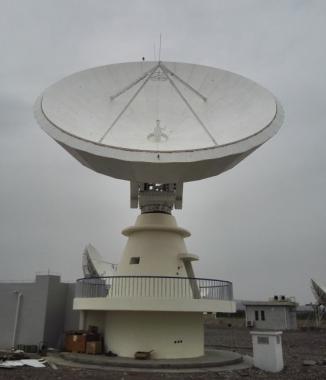 |
| 2 | 13M Ka-band antenna with head turning type | CF-FA13KT | Rx.: 17.7-21.2GHz Tx.: 27.5-31.0GHz | 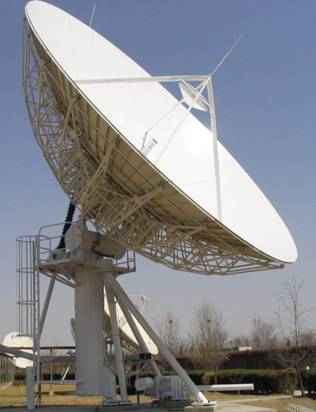 |
| 3 | 12M Ka-band antenna with turntable pedestal | CF-FA12KF | Rx.: 17.7-21.2GHz Tx.: 27.5-31.0GHz | 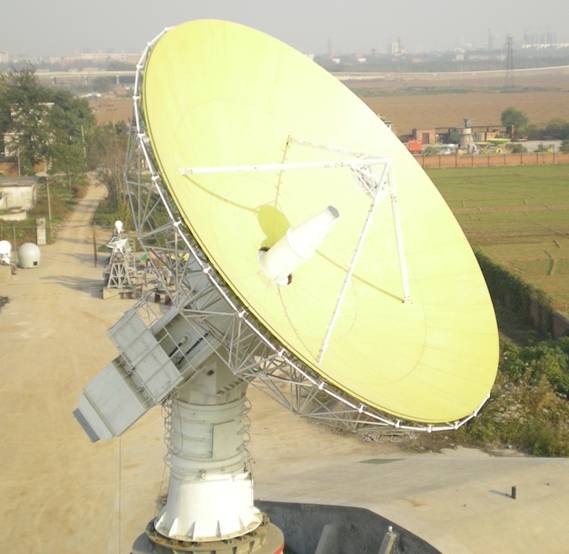 |
| 4 | 12M Ka-band antenna with head turning type | CF-FA12KT | Rx.: 17.7-21.2GHz Tx.: 27.5-31.0GHz |  |
| 5 | 11.3M Ka-band antenna with turntable pedestal | CF-FA113KF | Rx.: 17.7-21.2GHz Tx.: 27.5-31.0GHz |  |
| 6 | 11.3M Ka-band antenna with head turning type | CF-FA113KT | Rx.: 17.7-21.2GHz Tx.: 27.5-31.0GHz | 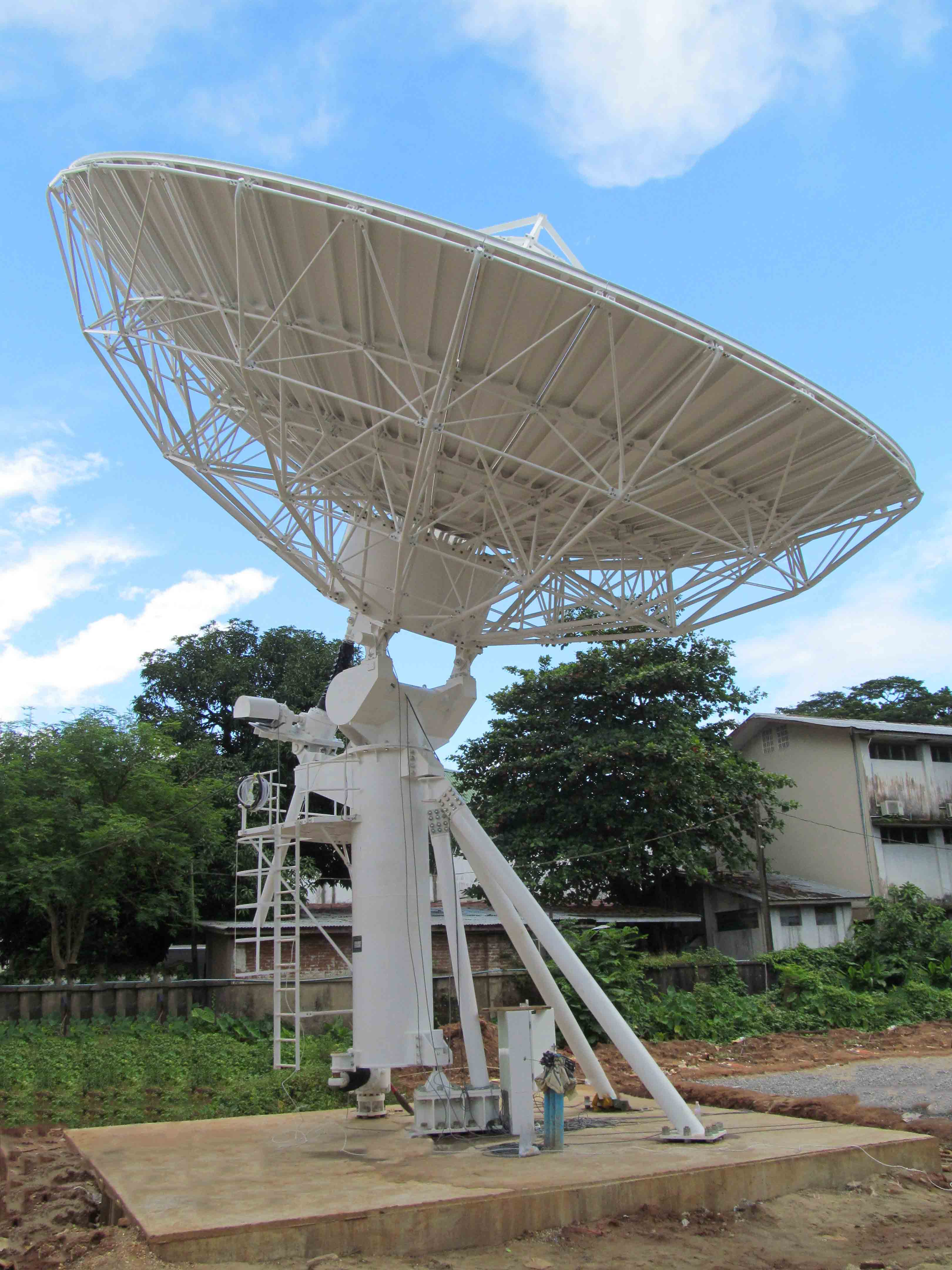 |
| 7 | 9M Ka-band antenna with head turning type | CF-FA90KT | Rx.: 17.7-21.2GHz Tx.: 27.5-31.0GHz | 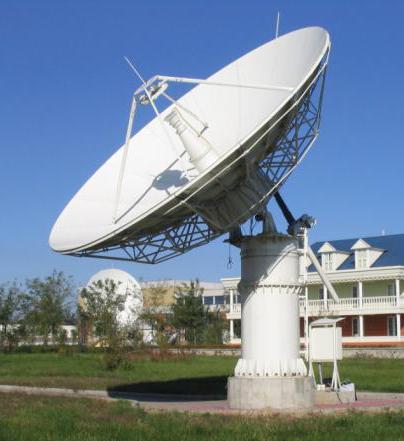 |
| 8 | 9.0M Ka-band antenna with turntable pedestal | CF-FA90KF | Rx.: 17.7-21.2GHz Tx.: 27.5-31.0GHz | 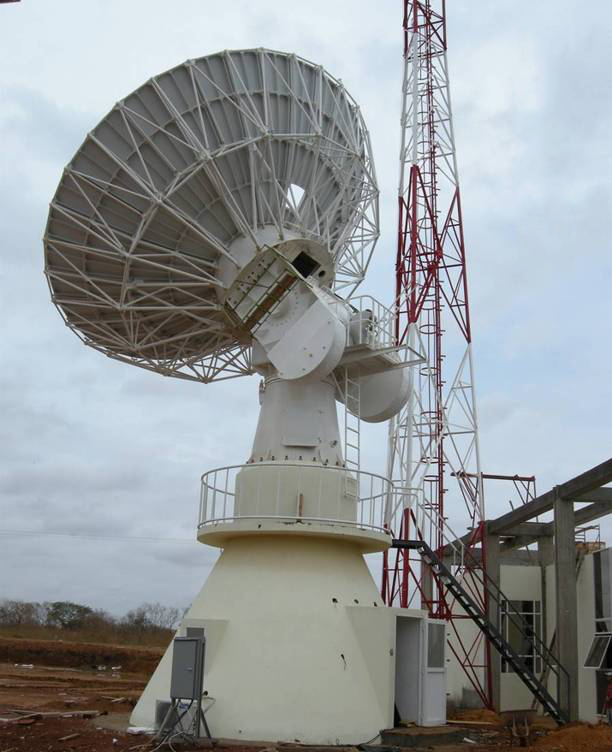 |
| 9 | 7.3M Ka-band antenna head-turning pedestal | CF-FA73KT | Rx.: 17.7-21.2GHz Tx.: 27.5-31.0GHz | 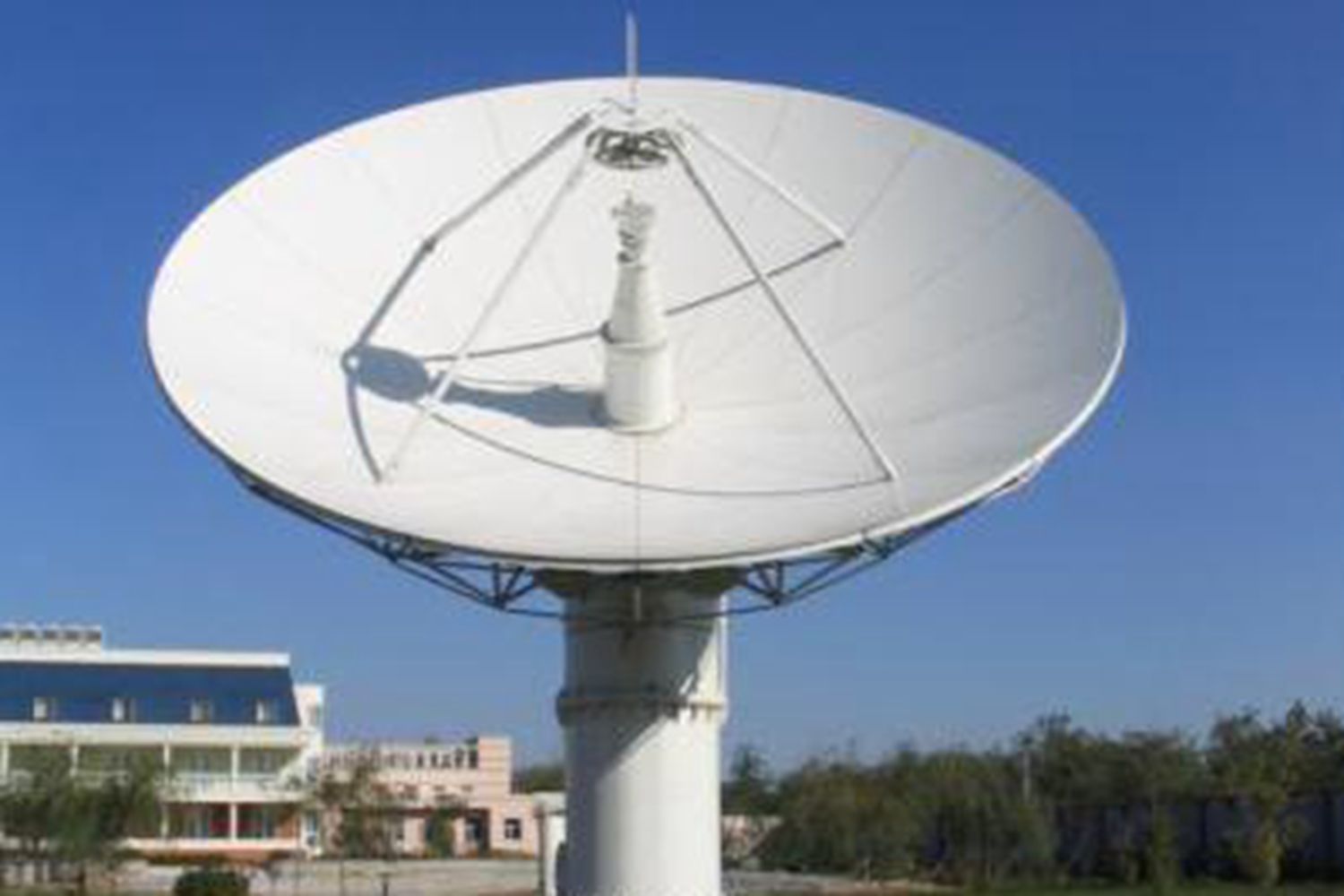 |
| 10 | 7.3M Ka-band antenna with turntable pedestal | CF-FA73KF | Rx.: 17.7-21.2GHz Tx.: 27.5-31.0GHz | 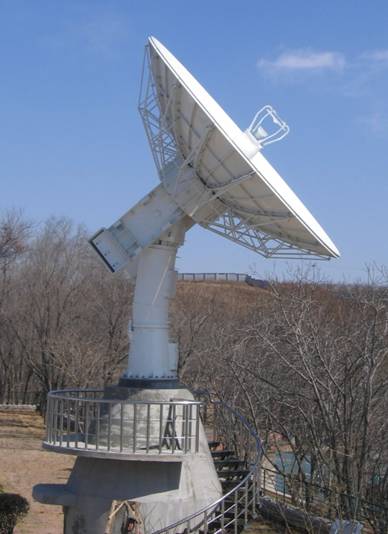 |
| 11 | 6.2m Ka-band antenna with rotary pedestal | CF-FA62KF | Rx.: 17.7-21.2GHz Tx.: 27.5-31.0GHz | 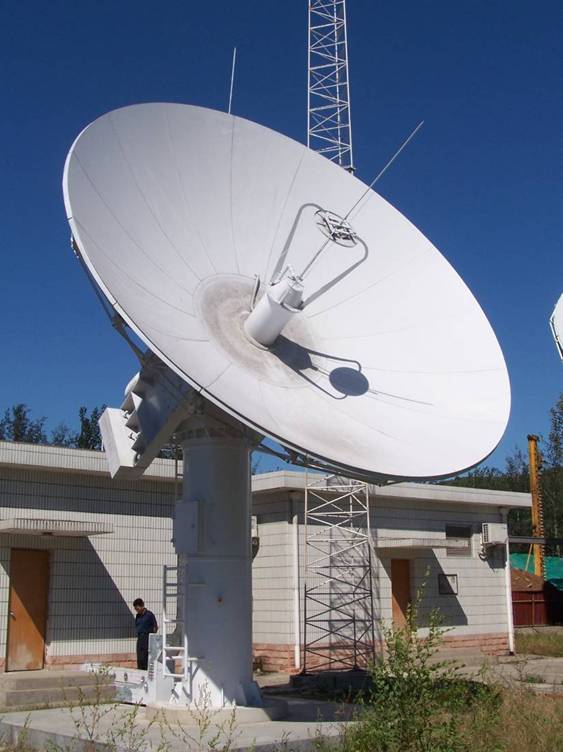 |
| 12 | 3.7 M Ka-band Antenna System with X-Y axis pedestal | CF-FA37K | Rx.: 17.7-20.2GHz Tx.: 27.5-31.0GHz | 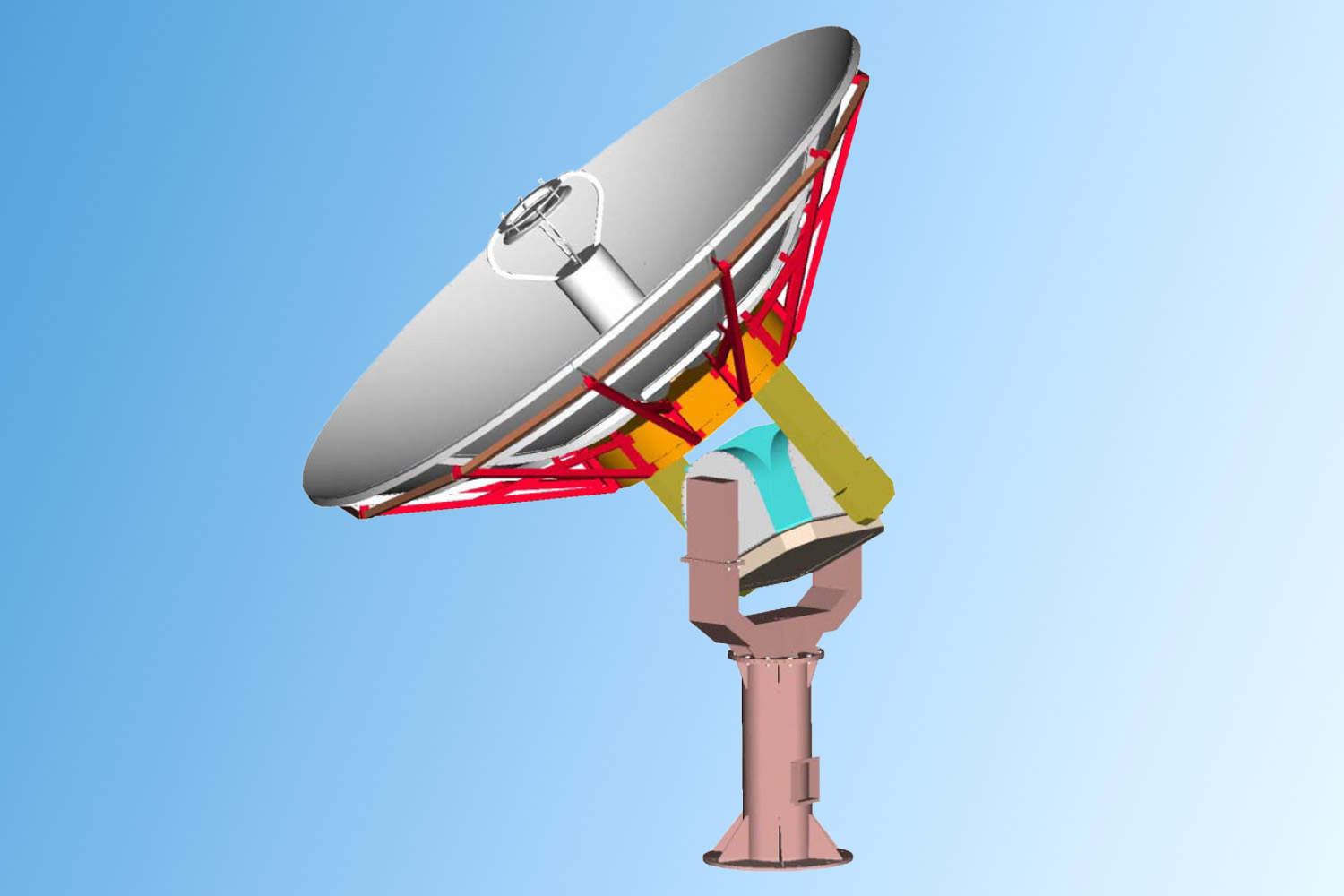 |
| 13 | 2.4M Ka band Auto-Pointing Flyaway Antenna System | ACF-240KA | Rx.: 17.7-21.2GHz Tx.: 27.5-31.0GHz | 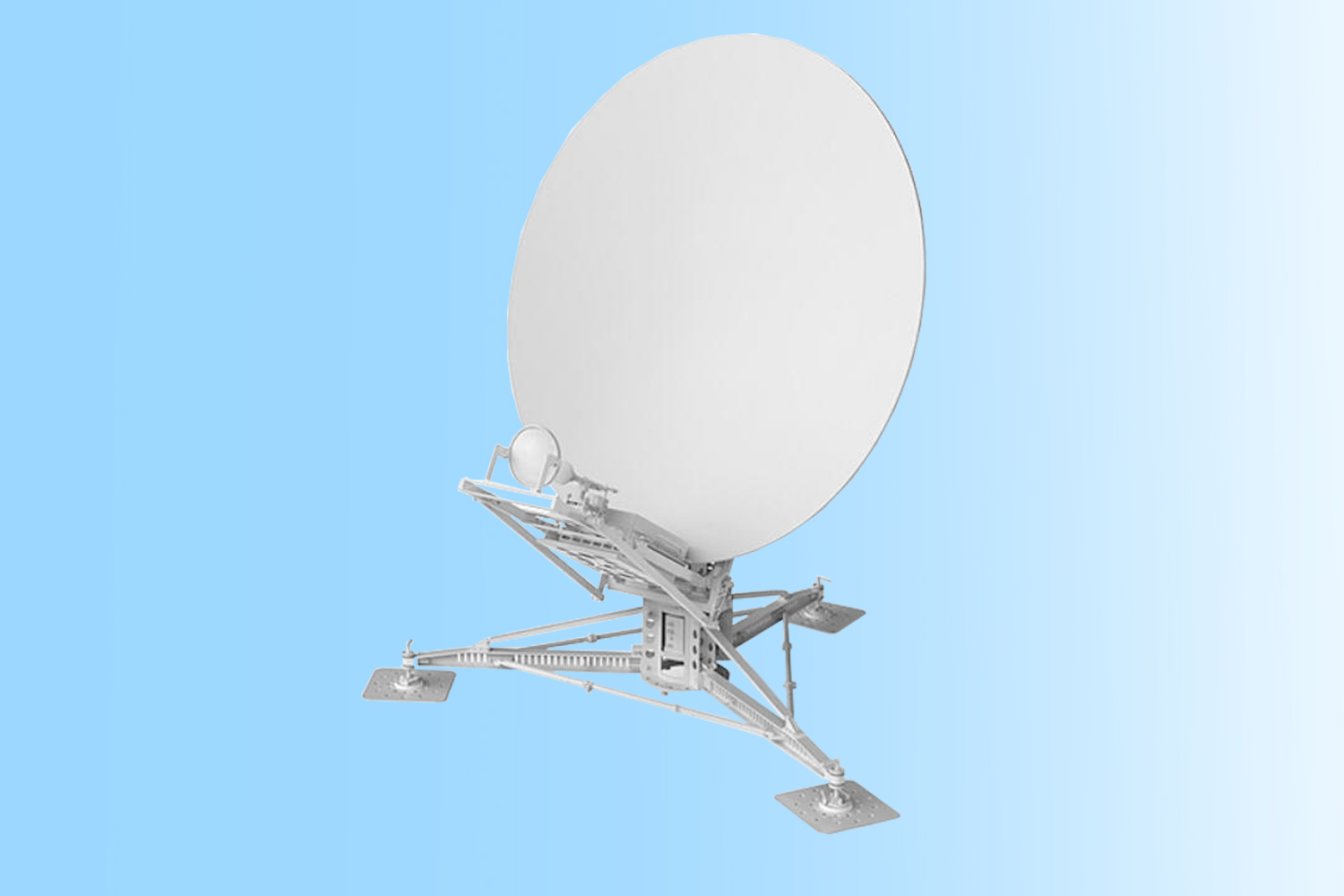 |
| 14 | 2.4m Ka band Flyaway Antenna | ATCF240KA | Rx.: 17.7-21.2GHz Tx.: 27.5-31.0GHz | 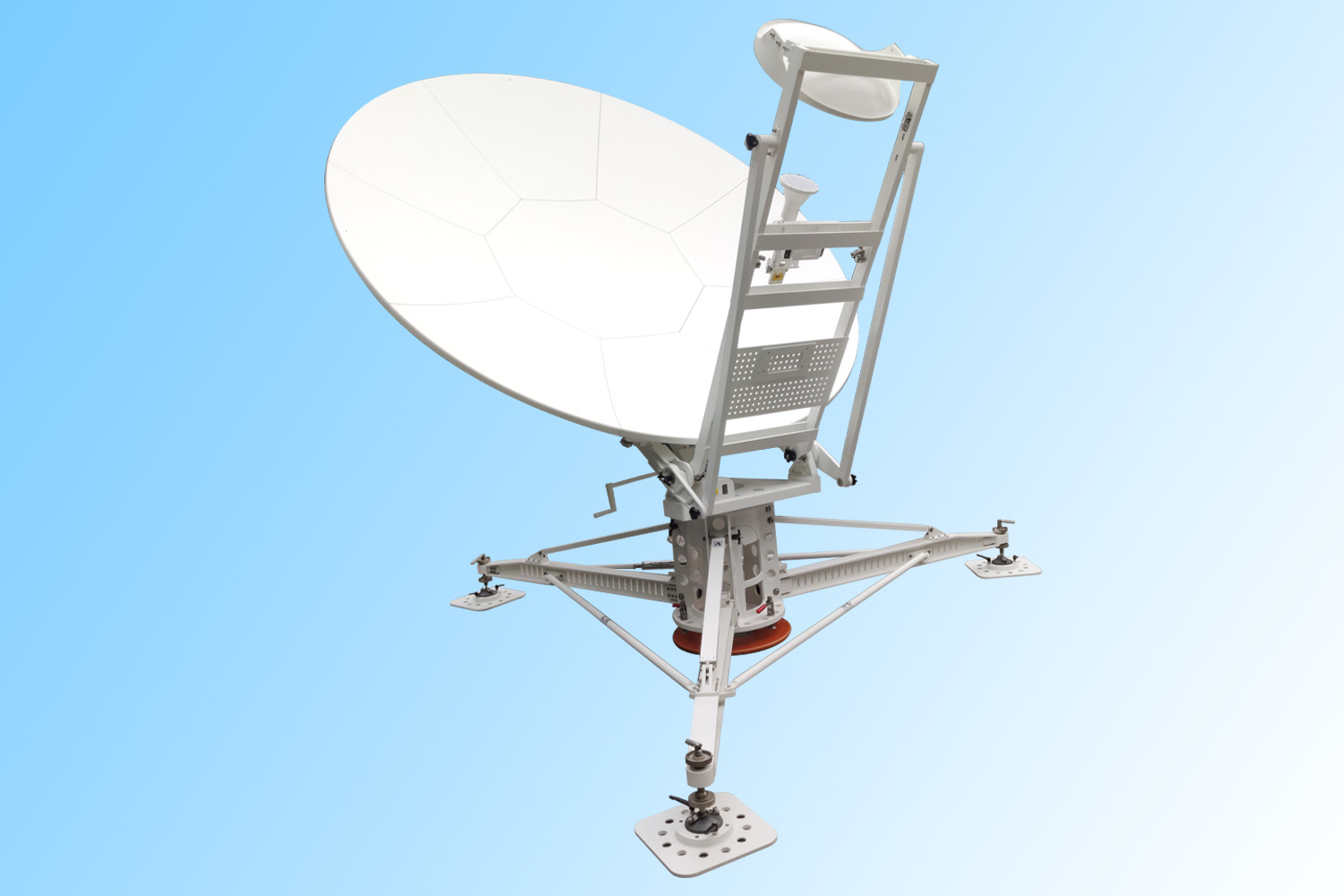 |
| 15 | 1.8m Ka band Flyaway Antenna | CF-FA180KA | Rx.: 17.7-21.2GHz Tx.: 27.5-31.0GHz | 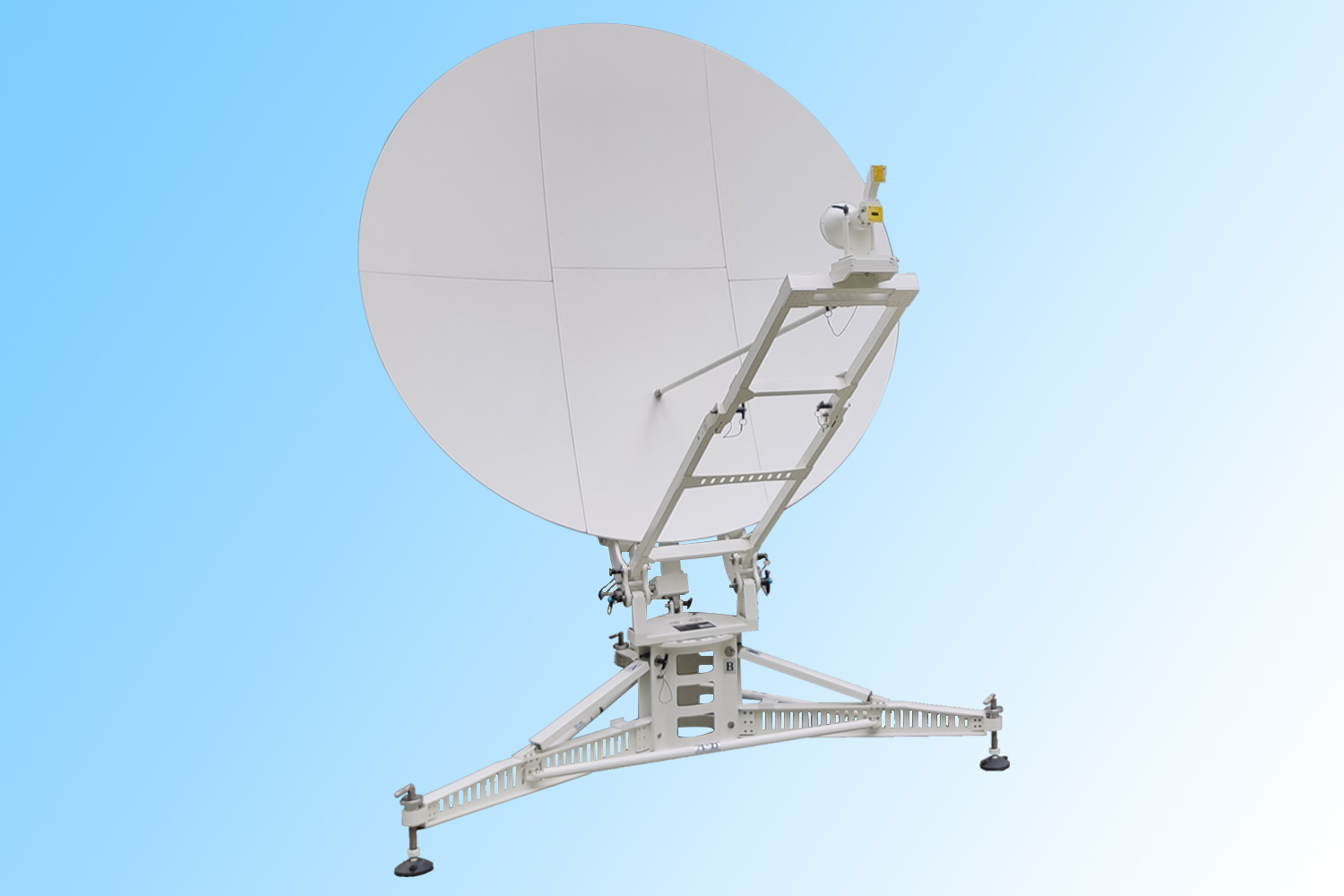 |
| 16 | 1.2m Ka Band Manual Flyaway Antenna | CF-FA120KA | Rx.: 17.7-21.2GHz Tx.: 27.5-31.0GHz | 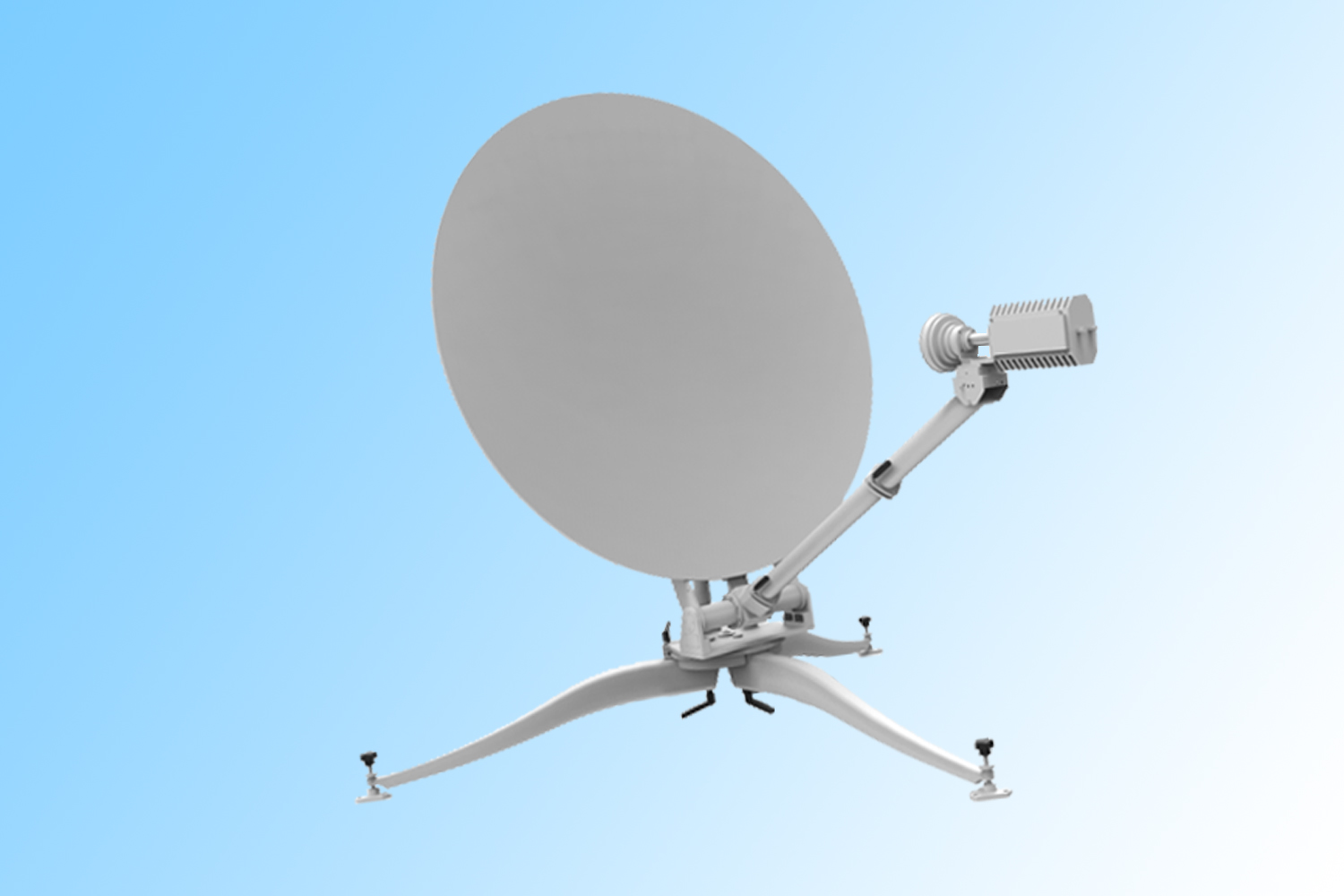 |
| 17 | 1.0m Ka Band Auto-Pointing Flyaway Antenna | ATDF-100KA | Rx.: 17.7-21.2GHz Tx.: 27.5-31.0GHz | 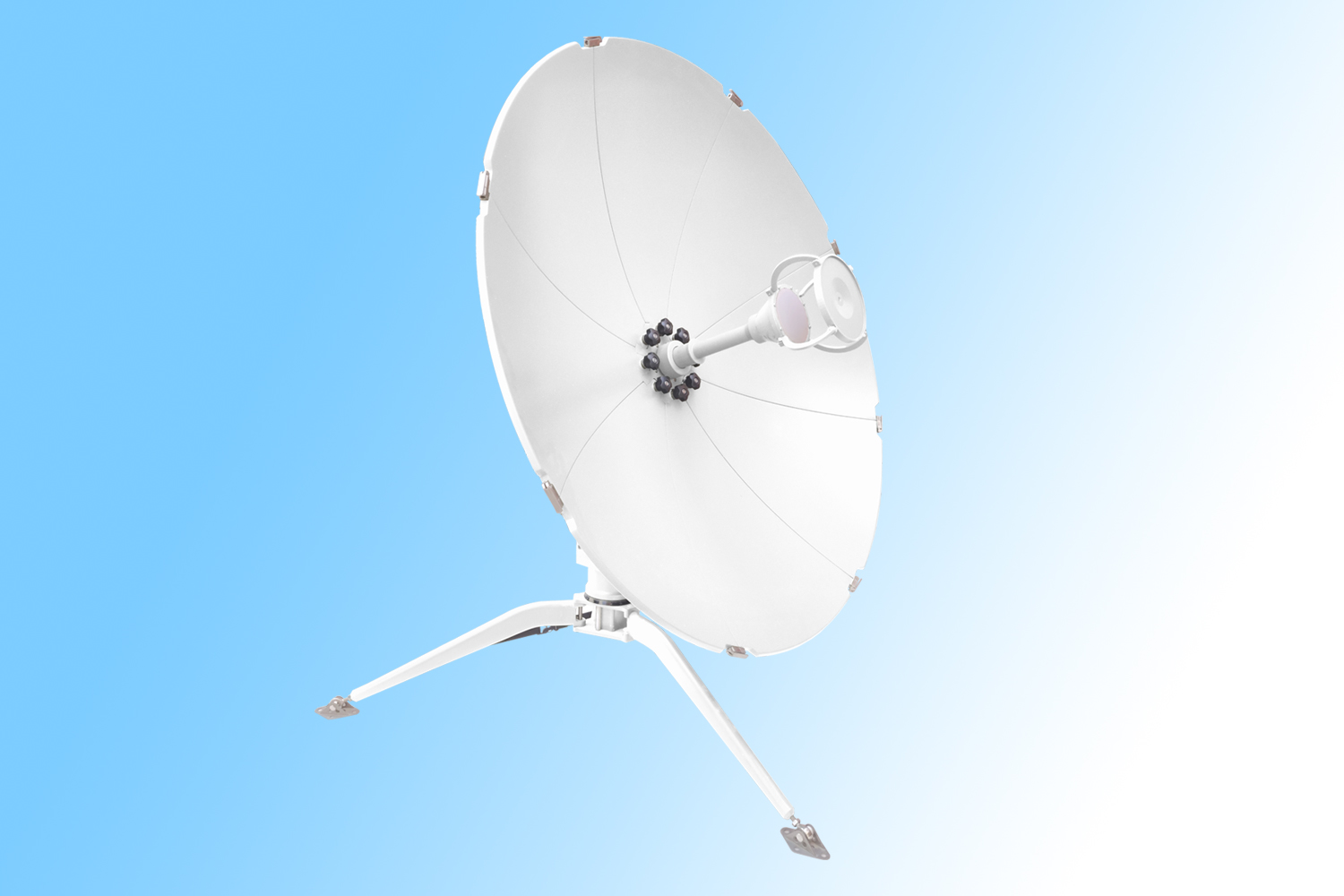 |
| 18 | 0.98M Ka Band Flyaway Antenna | CF-FA900KA | Rx.: 19.6-21.2GHz Tx.: 29.4-31.0GHz | 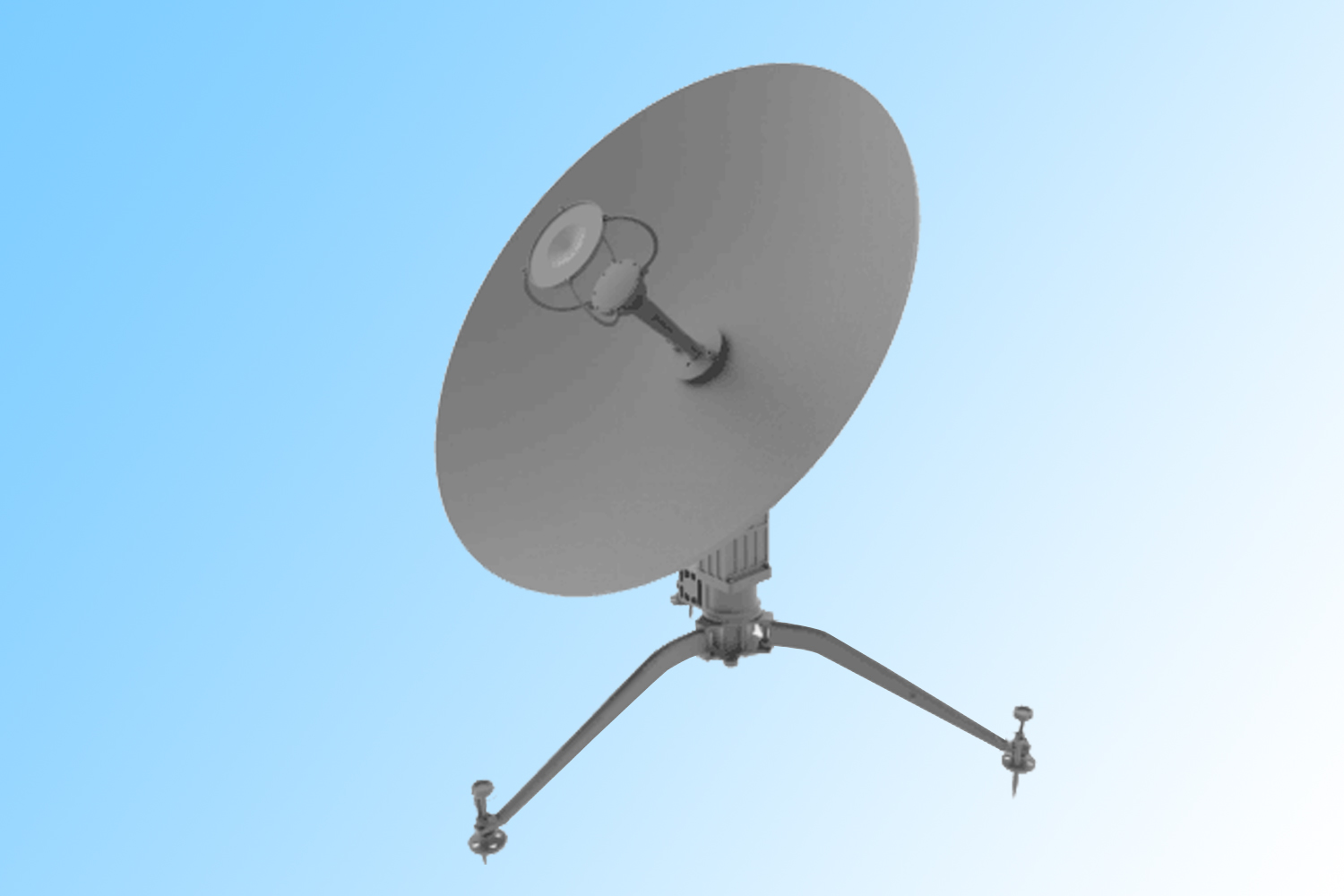 |
| 19 | 0.75m Ka Band Manual Flyaway Antenna | CF-FA750KA | Rx.: 19.6-21.2GHz Tx.: 29.4-31.0GHz | 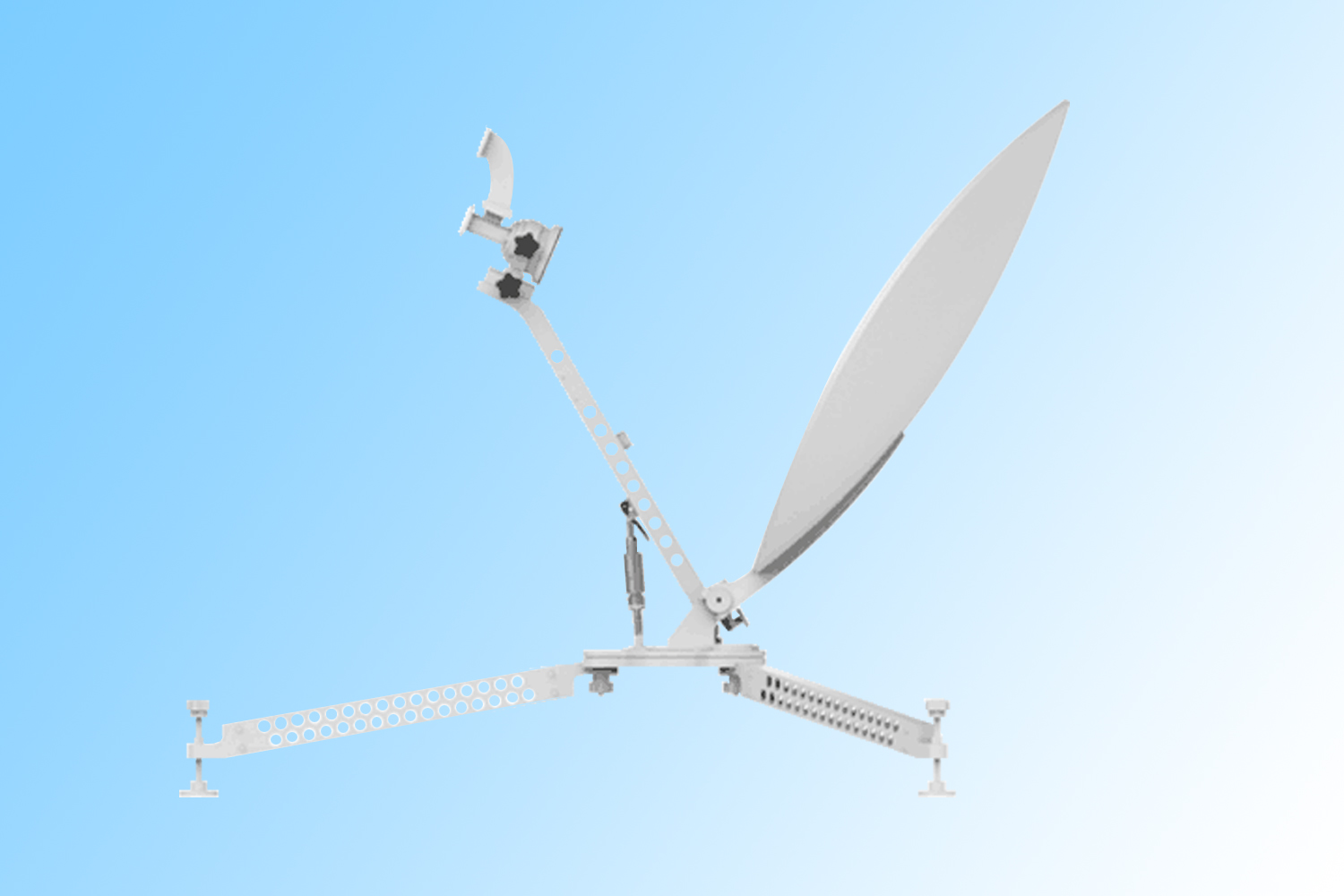 |






